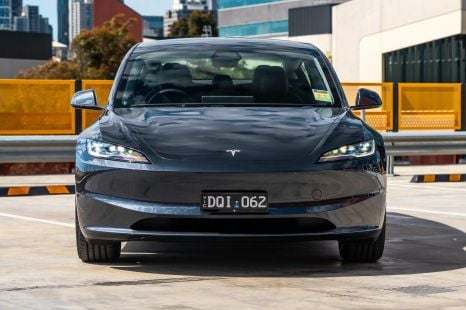

James Wong
2026 Tesla Model 3 review
11 Hours Ago

Contributor
The brand new, second-generation Hyundai Kona, due in 2023, will become larger than the current model and compete more closely with rivals such as the Kia Seltos.
A prototype has been spotted wearing heavy camouflage like previously spied test cars, with new design elements expected to bring it up to date with Hyundai’s newer offerings.
Our spy photographers were also fortunate enough to snap a few interior photos of the next-gen Kona prototype.
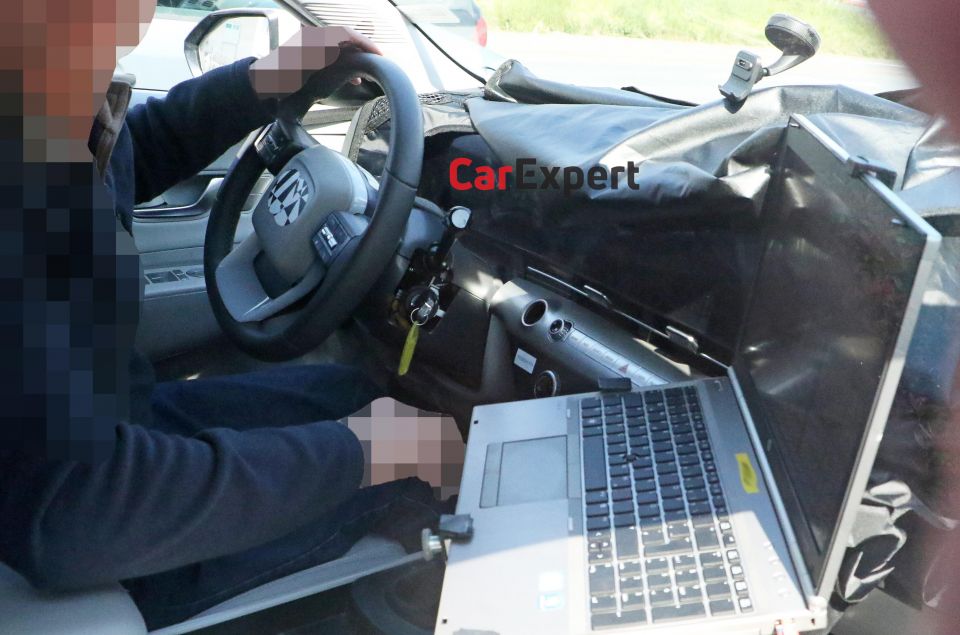
Looking very Ioniq 5-inspired, this Kona prototype has a large dash slab that appears to house a touchscreen infotainment system, digital instrument cluster, as well as infotainment and climate control dials and buttons.
The central air vents are also in a similar layout and location as the Ioniq 5.
Codenamed the SX2, the next-generation Hyundai Kona will likely continue to offer both petrol, hybrid and all-electric powertrains.
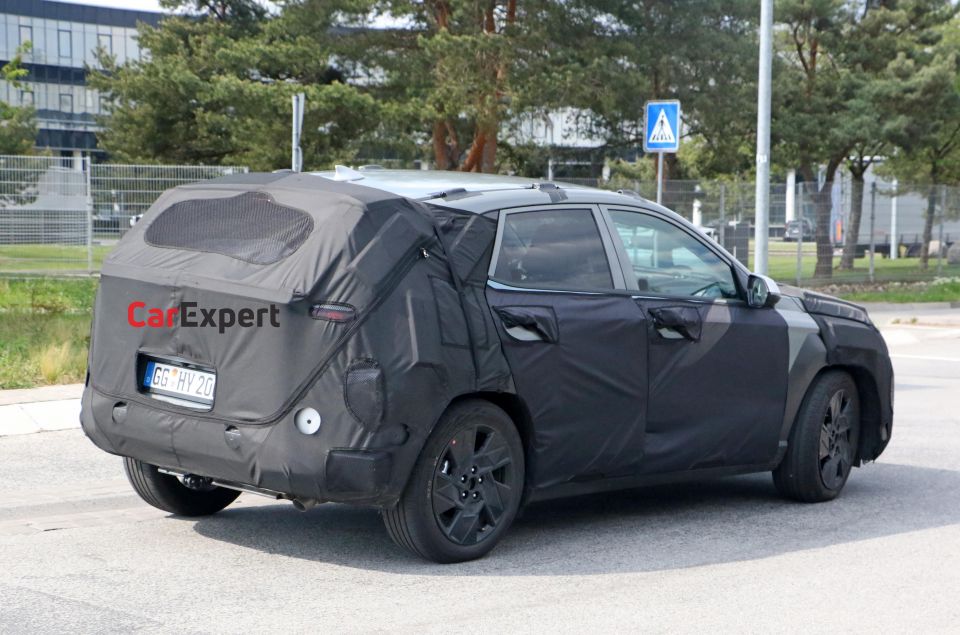
It makes sense this next-generation Kona appears to have grown because Hyundai is now offering the i20-based Bayon light SUV in Europe, and has the Venue in markets like Australia, while the new Tucson has larger dimensions than its predecessor did. That creates a gap.
From the front of the spied prototype, we can see the split headlight design with the main headlight unit mounted lower on the bumper, and the daytime running lights mounted higher.
The first-generation Kona, which debuted locally in 2017, was the first Hyundai vehicle to feature the split headlight design. This design element has since rolled out to other Hyundai offerings such as the Staria, Palisade, Santa Fe, Tucson and Venue.
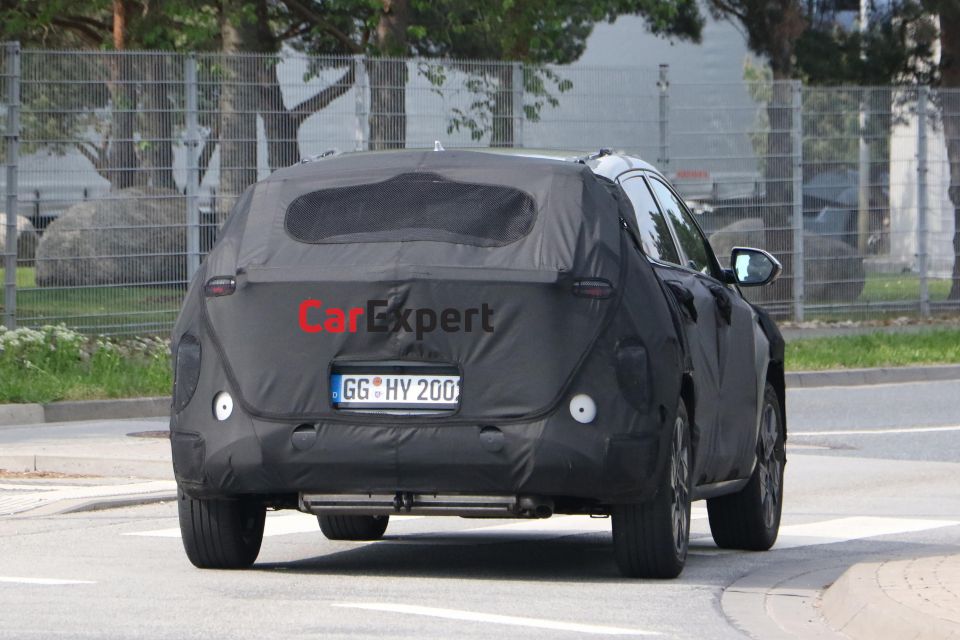
Compared to the current Kona, this prototype has a headlight unit that’s more vertical like the ones on the Palisade.
Around the side it’s hard to tell if are any changes to the design, but the wheelbase on this next-gen Kona appears to be longer.
The rear-end of this spied Kona prototype is still heavily covered up with camouflage.
Rumours have suggested the next Kona will not only replace the current car, but it’ll also replace the i30 hatchback in some markets.
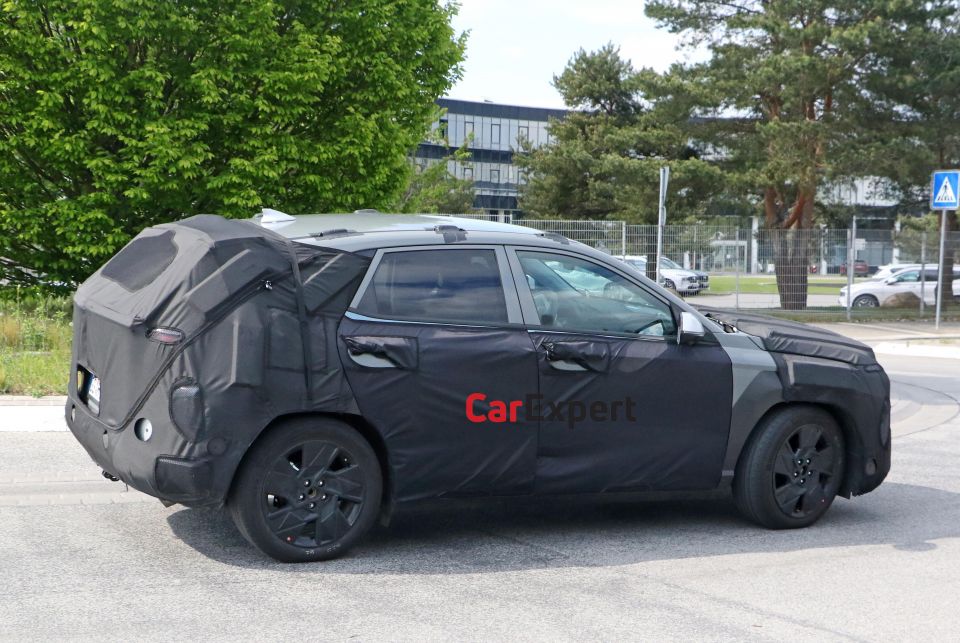
Hyundai has already discontinued the i30 hatchback in South Korea and the U.S. due to poor sales. Its sedan counterpart, also known as the Elantra and Avante, is still on sale in both of these markets.
All Australian-spec models of the i30 hatchback, excluding the high-performance N, are still produced in South Korea, and all European-spec i30 hatchback models, including the N, are produced in the Czech Republic.
Buyers preferences have swung away from conventional passenger cars and aggressively towards SUVs, forcing manufacturers to rethink their line-ups.
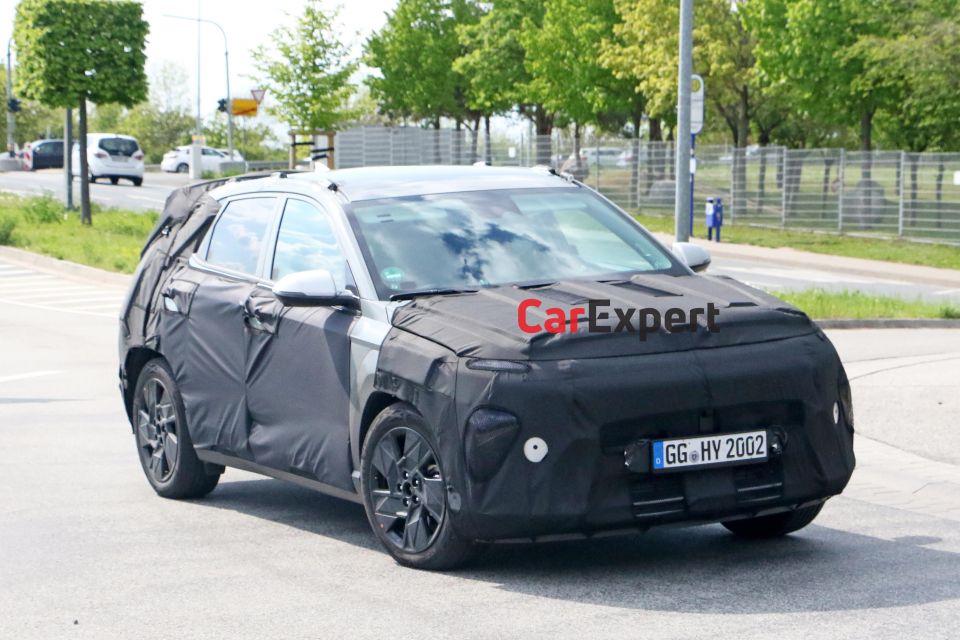
A Hyundai Australia spokesperson couldn’t comment on whether the next-generation Kona is going to replace the i30 hatchback when asked, although it would seem unlikely given that car’s sales success here.
MORE: Everything Hyundai Kona
Where expert car reviews meet expert car buying – CarExpert gives you trusted advice, personalised service and real savings on your next new car.
Jack Quick is an automotive journalist based in Melbourne. Jack studied journalism and photography at Deakin University in Burwood, and previously represented the university in dance nationally. In his spare time, he loves to pump Charli XCX and play a bit of Grand Theft Auto. He’s also the proud owner of a blue, manual 2020 Suzuki Jimny.


James Wong
11 Hours Ago
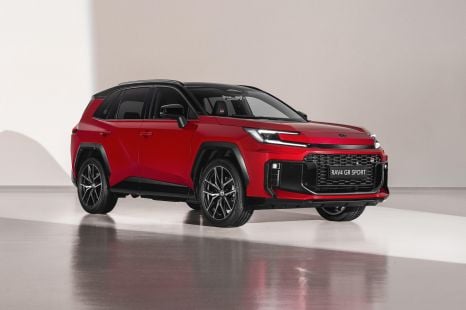

Damion Smy
20 Hours Ago


Damion Smy
20 Hours Ago
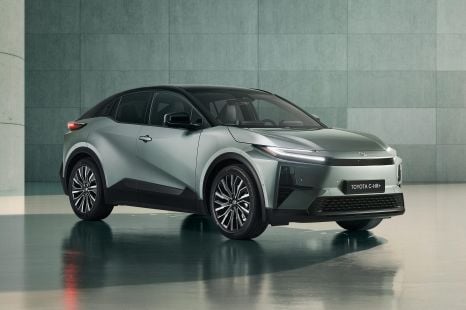

Damion Smy
20 Hours Ago
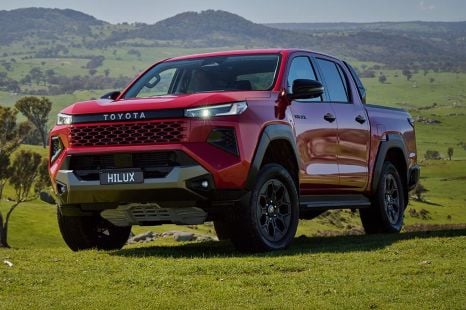

Damion Smy
2 Days Ago
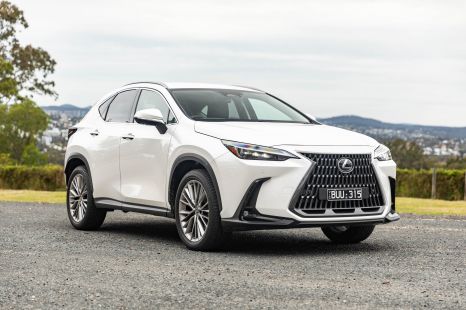

William Stopford
2 Days Ago